Recent research has found that unborn children may be at risk as pregnant women are gaining too much weight and not eating enough fruit and vegetables.
The Australian research, which was published in the Nutrition & Dietetics journal last month found that pregnant women only eat half the amount of fresh fruit and vegetables that they should.
The research also found that at least one in three women put on more than the recommended amount of weight during their pregnancy.
Accredited practising dieticians Dr Shelley Wilkinson and Dr Debbie Tolcher, who conducted the research, said many of the 304 women tested not only put their unborn baby at risk, but their own long-term health as well.
“Many of the pregnant women in our study had poor diets, placing them at a higher risk of unhealthy weight gain, high blood pressure, and anaemia during pregnancy,” Dr Wilkinson said in a media release.
“And a poor quality diet in pregnancy has been linked with lower birth weight and an increased long-term risk of chronic disease in babies.”
She suggested pregnancy is the perfect time to start eating healthy and looking after your body. Dr Debbie Tolcher agreed.
“Expectant mums need plenty of vegetables, fruits, and wholegrain breads and cereals, and moderate amounts of reduced-fat dairy foods and lean meat or alternatives, like legumes,” Dr Tolcher said.
“This will help them gain a healthy amount of weight and meet their needs for nutrients like protein, iron, iodine and folate.
The research found that more than one third of the women were overweight or obese at the beginning of their pregnancy, and few knew their recommended pregnancy weight gain range.
Dietitians Association of Australia chief executive officer Claire Hewat said there are very limited specific resources informing pregnant women about diet during pregnancy.
“Prevention is better than cure,” Hewat said.
“So we are missing a great opportunity to influence the health not only of mothers but also of their unborn babies at a time when they are most likely to be receptive to change.
“DAA would like to see more funding for maternal health dieticians, as pregnant women deserve better.”















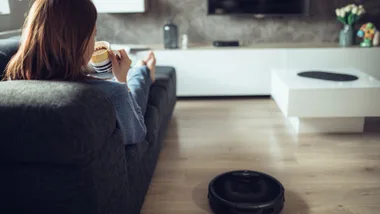
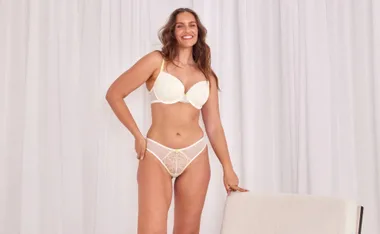


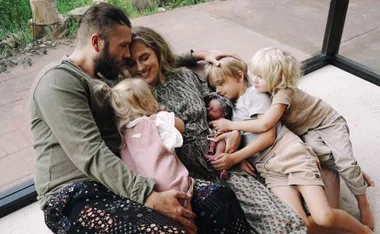

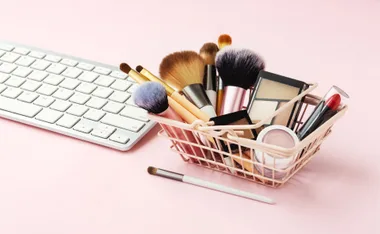






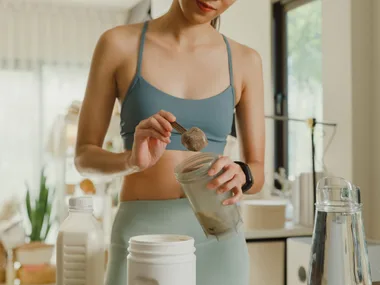

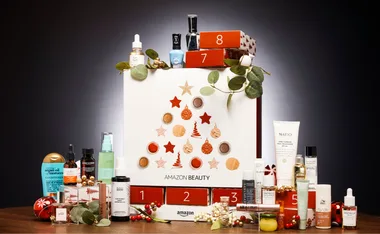

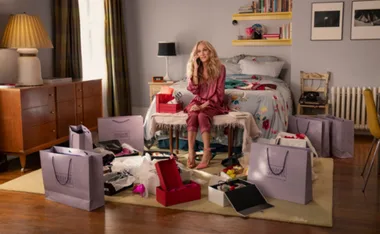









.png?resize=380%2C285)
.jpg?resize=380%2C285)

